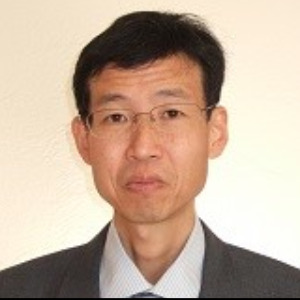Quantum Optics & Quantum Information
Quantum Optics and Quantum Information are two emerging fields of Nanotechnology that have the potential to revolutionize the way we interact with the world around us. Quantum Optics is the study of light and its interaction with matter on a quantum level, while Quantum Information focuses on the processing and transmission of quantum information. Nanotechnology is the study and manipulation of matter on a nanoscale, which is the scale of atoms and molecules. Manipulation of matter on such a small scale makes it possible to create devices and systems with unprecedented capabilities. Quantum Optics and Quantum Information can be used in Nanotechnology to create devices and systems with enhanced functionality. For example, nanoscale light sources can be used to transmit signals with very low power consumption, allowing for longer battery life in mobile devices. Quantum dots can be used to create nanoscale lasers with extremely narrow line widths, making them useful for ultra-precise sensing and spectroscopy applications. Quantum Information can be used to create ultra-secure communication systems, which are virtually un-hackable due to the quantum nature of the information being transmitted. In addition, quantum computers can be built using nanotechnology, which would be able to solve problems that are too complex for traditional computers. As nanotechnology develops and new materials and techniques become available, the possibilities for quantum optics and quantum information applications become more exciting. In the future, nanotechnology could enable us to create powerful devices and systems that are not only more efficient but also more secure than ever before.

Harry Ruda
University of Toronto, Canada
Raman Singh
Monash University, Australia
Paulo Cesar De Morais
Catholic University of Brasilia, Brazil
Xiao Hong Nancy Xu
Old Dominion University, United States
S V A R Sastry
Harcourt Butler Technical University, India
Vinayak Adimule
Angadi Institute of Technology and Management, India



Title : 40,000 implants in humans and no failure: The impact of nanomedicine
Thomas J Webster, Hebei University of Technology, China
Title : Cellulose-derived biochar modified with iron oxide and ZnO nanoparticles by a novel one-step pyrolytic method for removal of emerging contaminants from water
Rashad Al Gaashani, Hamad Bin Khalifa University, Qatar
Title : Harnessing the unique properties of engineered nanostructures for sensing
Harry Ruda, University of Toronto, Canada
Title : Circumventing challenges in developing CVD graphene on steels for extraordinary and durable corrosion resistance
Raman Singh, Monash University, Australia
Title : Nano DAP augments productivity, phosphorus use efficiency, and profitability of spring wheat in India
Binaya Kumar Parida, Coromandel International Ltd, India
Title : Lipid nanoparticles formulations: From bench scale to industrial scale
Mohammad A Obeid, RAK Medical and Health Sciences University, United Arab Emirates